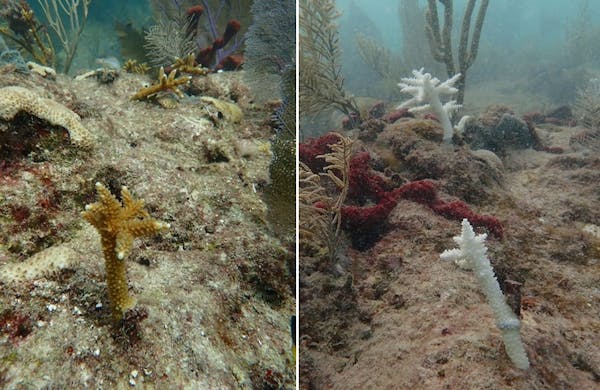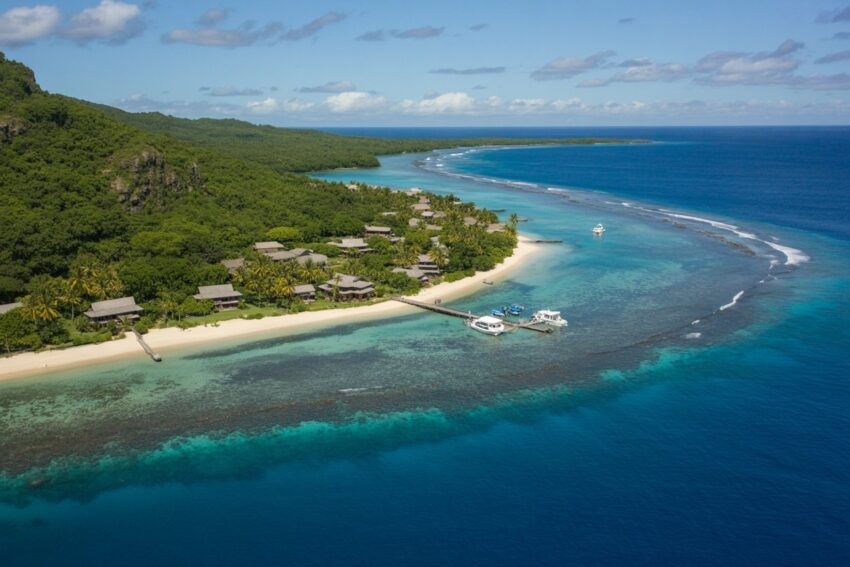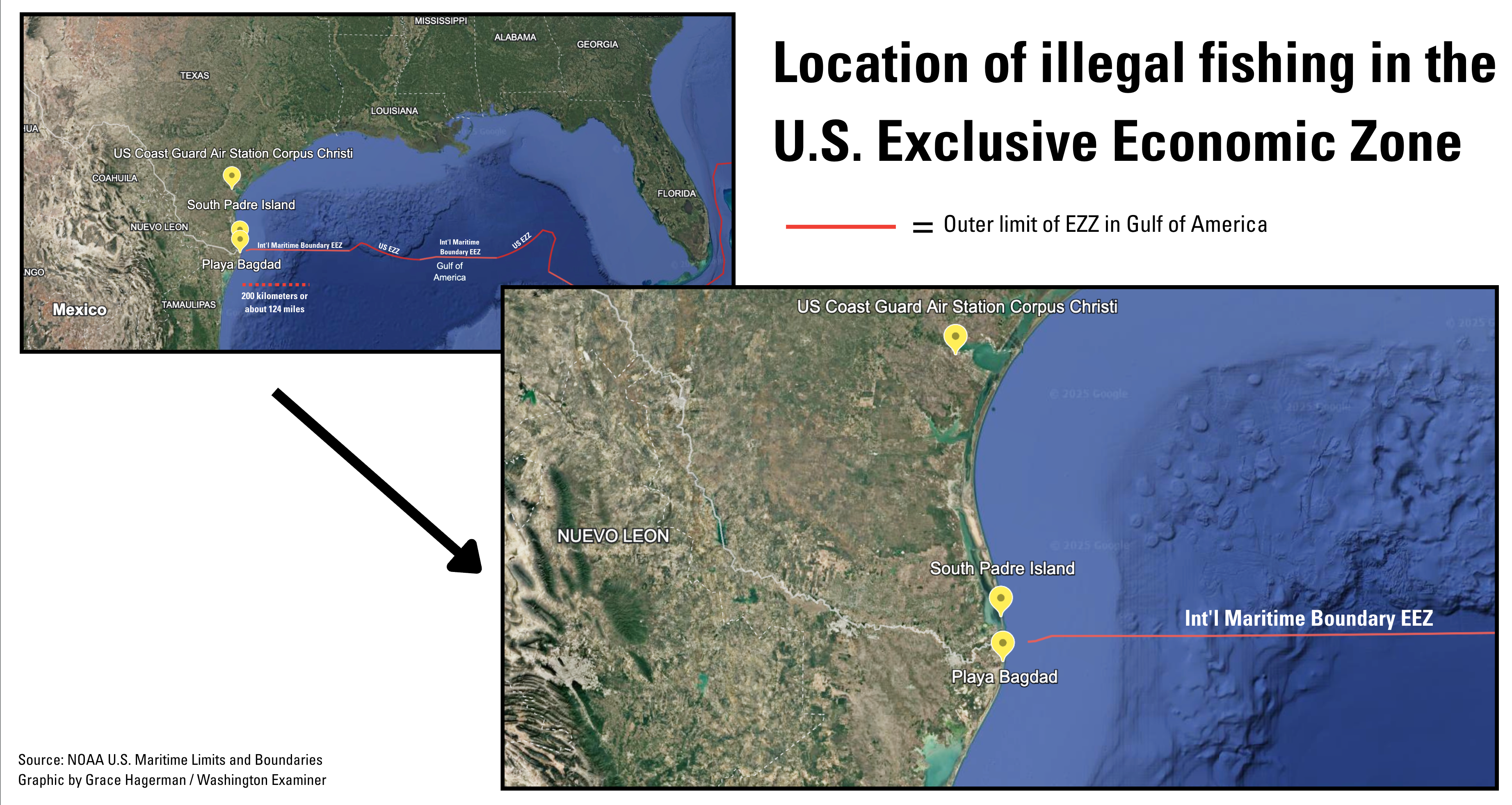Report on the 2023-2024 Coral Bleaching Event in Florida and its Implications for Sustainable Development Goals
Executive Summary
A catastrophic marine heatwave in 2023-2024 resulted in a mass bleaching event across the Florida Keys and Dry Tortugas. A study published in October 2025 confirmed that this event led to the functional extinction of two keystone reef-building coral species, staghorn (Acropora cervicornis) and elkhorn (Acropora palmata). This ecological disaster represents a significant setback for the achievement of the United Nations Sustainable Development Goals (SDGs), particularly SDG 14 (Life Below Water) and SDG 13 (Climate Action). The event underscores the immediate and severe consequences of rising ocean temperatures driven by climate change.
The 2023 Marine Heatwave and Subsequent Ecological Collapse
Timeline of the Bleaching Event
In early June 2023, transplanted coral populations in the lower Florida Keys were observed to be healthy and thriving. However, by late June, a severe marine heatwave caused a rapid and widespread coral bleaching event. Researchers observed that transplanted corals turned white due to heat stress, with significant mortality occurring within weeks. This localized event was the precursor to the fourth global mass bleaching event, as declared by the National Oceanic and Atmospheric Administration (NOAA).
Unprecedented Thermal Stress
The primary driver of the coral mortality was extreme and sustained heat stress, a direct failure to meet the targets of SDG 13 (Climate Action).
- Average sea-surface temperatures across the Florida reef remained above 31°C (87°F) for several weeks.
- The accumulated heat stress was calculated to be 2.2 to 4 times higher than any period recorded since satellite monitoring began in the 1980s.
- In the most affected areas, corals died within days from acute heat shock, bypassing the typical bleaching process.
Coral bleaching occurs when the symbiotic algae living within the coral tissues are expelled due to heat stress. These algae are the coral’s primary food source, and their loss leads to starvation and death, dismantling the very foundation of the reef ecosystem.
Impact Assessment in the Context of Sustainable Development Goals
Devastation to SDG 14: Life Below Water
The heatwave caused a near-total loss of the surveyed acroporid corals, rendering them functionally extinct in the region and severely compromising marine biodiversity, a core target of SDG 14.
- Mortality Rate: Surveys of over 50,000 acroporid corals across nearly 400 reefs revealed mortality rates between 97.8% and 100%.
- Functional Extinction: While not completely eradicated, the remaining populations of staghorn and elkhorn corals are too small to fulfill their ecological role as reef-builders or to recover without significant intervention. This places them in an “extinction vortex,” where low population density and reduced genetic diversity prevent natural rebound.
- Ecosystem Phase Shift: Observations in the Dry Tortugas showed dead coral skeletons being overgrown by seaweed, indicating a potential phase shift from a coral-dominated to a less diverse and less productive macroalgae-dominated system.
Setbacks for SDG 8 and SDG 11: Economic Growth and Sustainable Communities
The collapse of Florida’s coral reef ecosystem directly threatens the progress of SDG 8 (Decent Work and Economic Growth) and SDG 11 (Sustainable Cities and Communities) by eliminating critical ecosystem services.
- Coastal Protection: Healthy reefs act as natural barriers, protecting coastal communities from storm surges. Their degradation increases the vulnerability of coastal infrastructure and populations.
- Economic Revenue: The reefs support millions of dollars in tourism revenue and provide livelihoods connected to fishing and recreation. Their loss jeopardizes local economies.
- Fisheries Habitat: Coral reefs serve as vital nursery grounds for commercially important fish species, and their decline threatens food security and the fishing industry.
Conservation Efforts and Future Outlook
Intervention Strategies and the Role of SDG 17: Partnerships for the Goals
The crisis has spurred collaborative rescue and restoration efforts involving institutions such as NOAA and the Shedd Aquarium, exemplifying SDG 17 (Partnerships for the Goals). Future recovery is dependent on advanced scientific interventions.
- Assisted Gene Flow: Breeding the few surviving, potentially more heat-tolerant corals with other Caribbean populations to enhance genetic diversity and resilience.
- Advanced Propagation: Utilizing techniques like microfragmentation to accelerate coral growth and cryopreservation to bank genetic material for future restoration.
Conclusion: The Primacy of SDG 13 (Climate Action)
While restoration technologies offer a glimmer of hope, there is broad scientific consensus that such efforts cannot succeed without decisive global action to mitigate climate change. The functional extinction of Florida’s key reef-building corals is a direct consequence of rising ocean temperatures. This event serves as a critical warning that failure to achieve the goals of SDG 13 will inevitably lead to the irreversible loss of vital ecosystems, undermining the entire 2030 Agenda for Sustainable Development. The long-term survival of coral reefs worldwide is contingent upon immediate and substantial reductions in global greenhouse gas emissions.
Analysis of Sustainable Development Goals (SDGs) in the Article
1. Which SDGs are addressed or connected to the issues highlighted in the article?
The article on the functional extinction of coral reefs in Florida due to a marine heat wave directly addresses and connects to several Sustainable Development Goals (SDGs). The primary SDGs are:
- SDG 14: Life Below Water: This is the most central SDG, as the article’s entire focus is on the devastating impact of rising ocean temperatures on marine ecosystems, specifically coral reefs. It details the loss of marine biodiversity, the destruction of critical habitats, and the collapse of a marine ecosystem.
- SDG 13: Climate Action: The article explicitly identifies climate change as the root cause of the disaster. It states, “that environmental driver was clearly soaring water temperatures caused by climate change” and emphasizes that “the world must curb the carbon emissions contributing to increased ocean temperatures for restoration to succeed.” This directly links the ecological crisis to the urgent need for climate action.
- SDG 8: Decent Work and Economic Growth: The article connects the health of the coral reefs to economic stability by mentioning that they “generate millions of dollars in tourism revenue in places like the Florida Keys.” The destruction of these reefs poses a direct threat to the sustainable tourism industry and the livelihoods that depend on it.
2. What specific targets under those SDGs can be identified based on the article’s content?
Based on the issues discussed, several specific SDG targets can be identified:
-
SDG 14: Life Below Water
- Target 14.2: “By 2020, sustainably manage and protect marine and coastal ecosystems to avoid significant adverse impacts, including by strengthening their resilience, and take action for their restoration in order to achieve healthy and productive oceans.” The article highlights a catastrophic failure to meet this target. The “significant adverse impacts” are detailed as mass bleaching and the functional extinction of staghorn and elkhorn corals. The discussion of transplanting corals and the need for assisted gene flow are direct references to “action for their restoration.”
- Target 14.5: “By 2020, conserve at least 10 per cent of coastal and marine areas…” While the article discusses areas that are presumably protected (like the Dry Tortugas National Park), it shows that simple designation is insufficient to protect these areas from the overarching threat of climate change, making the conservation efforts ineffective.
- Target 14.a: “Increase scientific knowledge, develop research capacity and transfer marine technology… to improve ocean health.” The article is itself a product of scientific research, citing a study published in Science. It also describes advanced restoration techniques like “microfragmentation” and “cryopreservation,” which represent the development of research capacity and marine technology aimed at improving ocean health.
-
SDG 13: Climate Action
- Target 13.1: “Strengthen resilience and adaptive capacity to climate-related hazards and natural disasters in all countries.” The article demonstrates the extreme vulnerability and lack of resilience of coral reef ecosystems to a climate-related hazard—the marine heat wave. The death of 97.8% to 100% of surveyed acroporid corals shows a complete failure of the ecosystem’s adaptive capacity.
-
SDG 8: Decent Work and Economic Growth
- Target 8.9: “By 2030, devise and implement policies to promote sustainable tourism that creates jobs…” The article implies a direct threat to this target. The loss of coral reefs, which it identifies as a major tourist attraction generating millions of dollars, undermines the foundation of sustainable tourism in the Florida Keys, thereby threatening local jobs and economic growth.
3. Are there any indicators mentioned or implied in the article that can be used to measure progress towards the identified targets?
Yes, the article mentions and implies several quantitative and qualitative indicators that can be used to measure the status of the reefs and progress (or lack thereof) towards the SDG targets.
-
Indicators for SDG 14 (Life Below Water)
- Coral Mortality Rate: The article provides a stark indicator of ecosystem health by stating that “97.8% to 100% ultimately died” among the surveyed acroporid corals. This is a direct measure of the impact on marine life.
- Survival Rate of Restored Corals: The failure of restoration efforts is quantified: “only three of the 200 corals we had transplanted in the Lower Keys… survived.” This indicator measures the effectiveness of restoration actions under current environmental conditions.
- Species Conservation Status: The article introduces the concept of being “functionally extinct,” which is a critical indicator of biodiversity loss and the inability of a species to fulfill its ecological role.
- Ecosystem Phase Shift: The observation that corals’ skeletons were “being grown over by seaweed” is an indicator of a “phase shift, where reefs change from coral-dominated to macroalgae-dominated systems,” measuring a fundamental change in the ecosystem’s structure and health.
-
Indicators for SDG 13 (Climate Action)
- Sea-Surface Temperature (SST): The article uses SST as a primary indicator of climate change’s impact, noting the average temperature was “above 87 degrees Fahrenheit (31 degrees Celsius) for weeks.”
- Accumulated Heat Stress: A more specific indicator mentioned is the level of heat stress, which was “2.2 to 4 times higher than it had ever been since modern satellite sea-surface temperature recordings began in the 1980s.” This measures the intensity and duration of the climate hazard.
- Frequency of Global Bleaching Events: The article identifies the 2023-2024 event as the “fourth global bleaching event,” using the frequency of these large-scale events as an indicator of worsening global climate impacts.
-
Indicators for SDG 8 (Decent Work and Economic Growth)
- Tourism Revenue: The article implies an economic indicator by stating that reefs “generate millions of dollars in tourism revenue.” A decline in this revenue following the reef collapse would be a direct measure of the economic impact.
4. Summary Table of SDGs, Targets, and Indicators
| SDGs | Targets | Indicators Identified in the Article |
|---|---|---|
| SDG 14: Life Below Water |
|
|
| SDG 13: Climate Action |
|
|
| SDG 8: Decent Work and Economic Growth |
|
|
Source: theconversation.com







